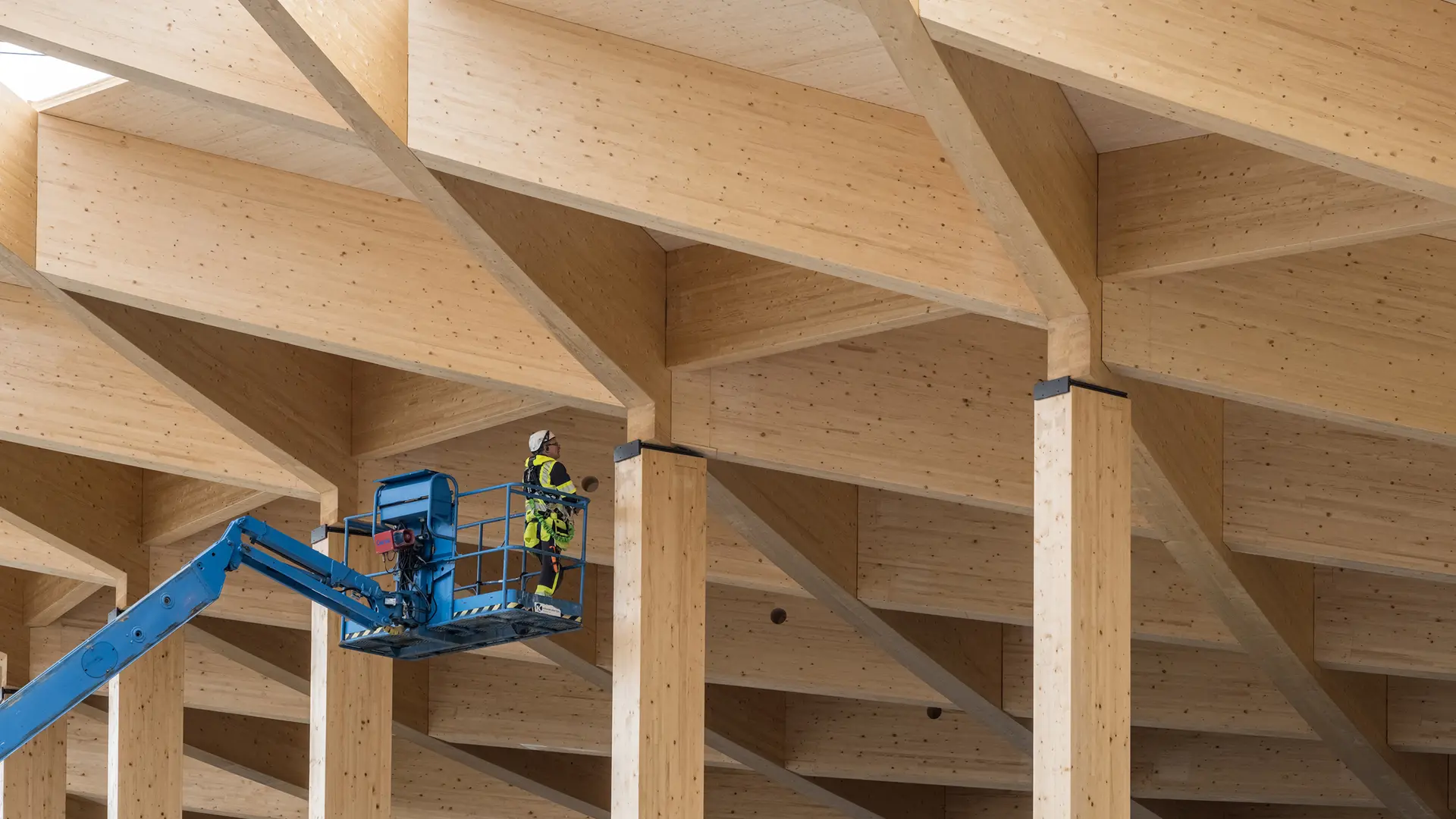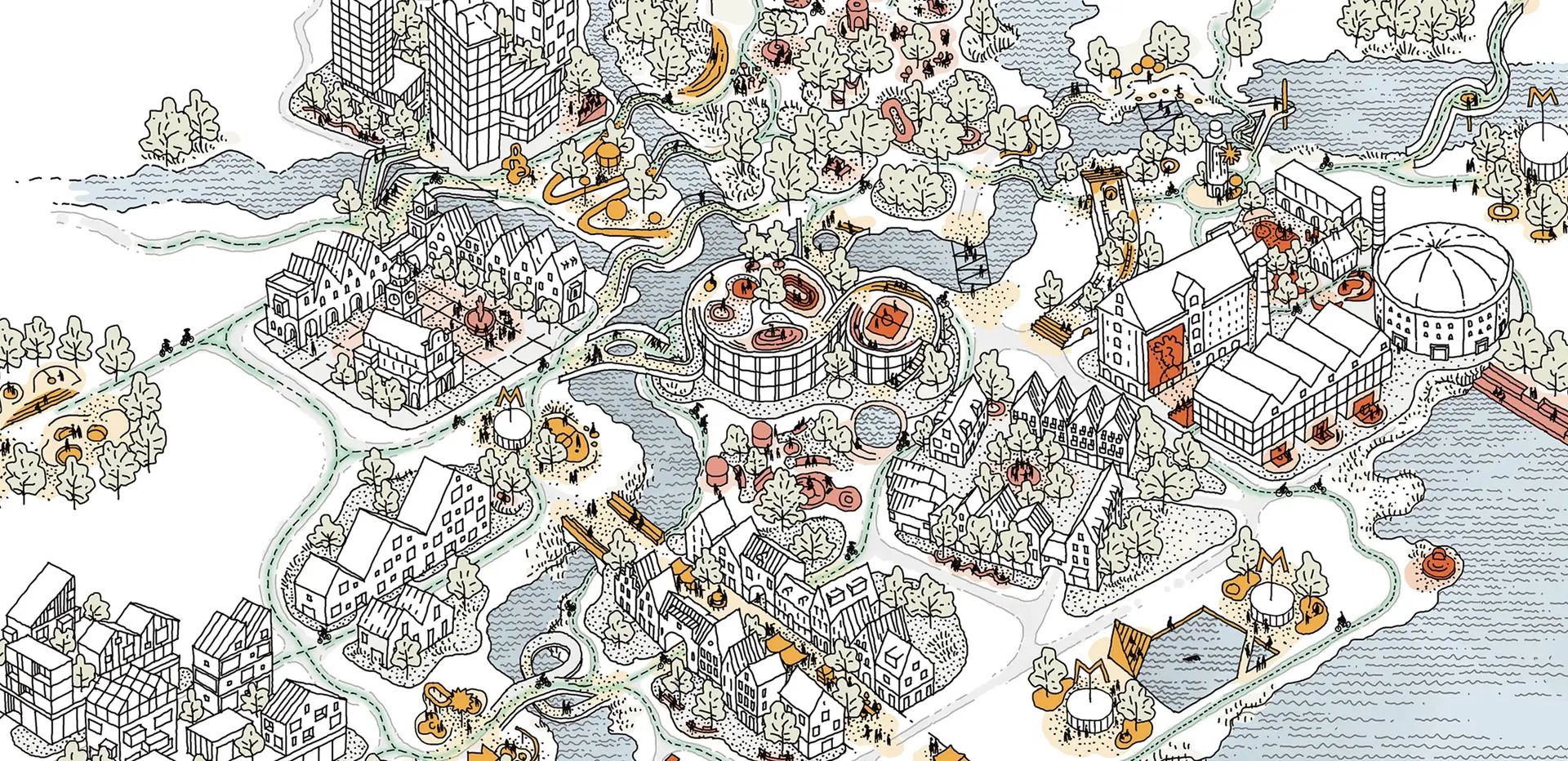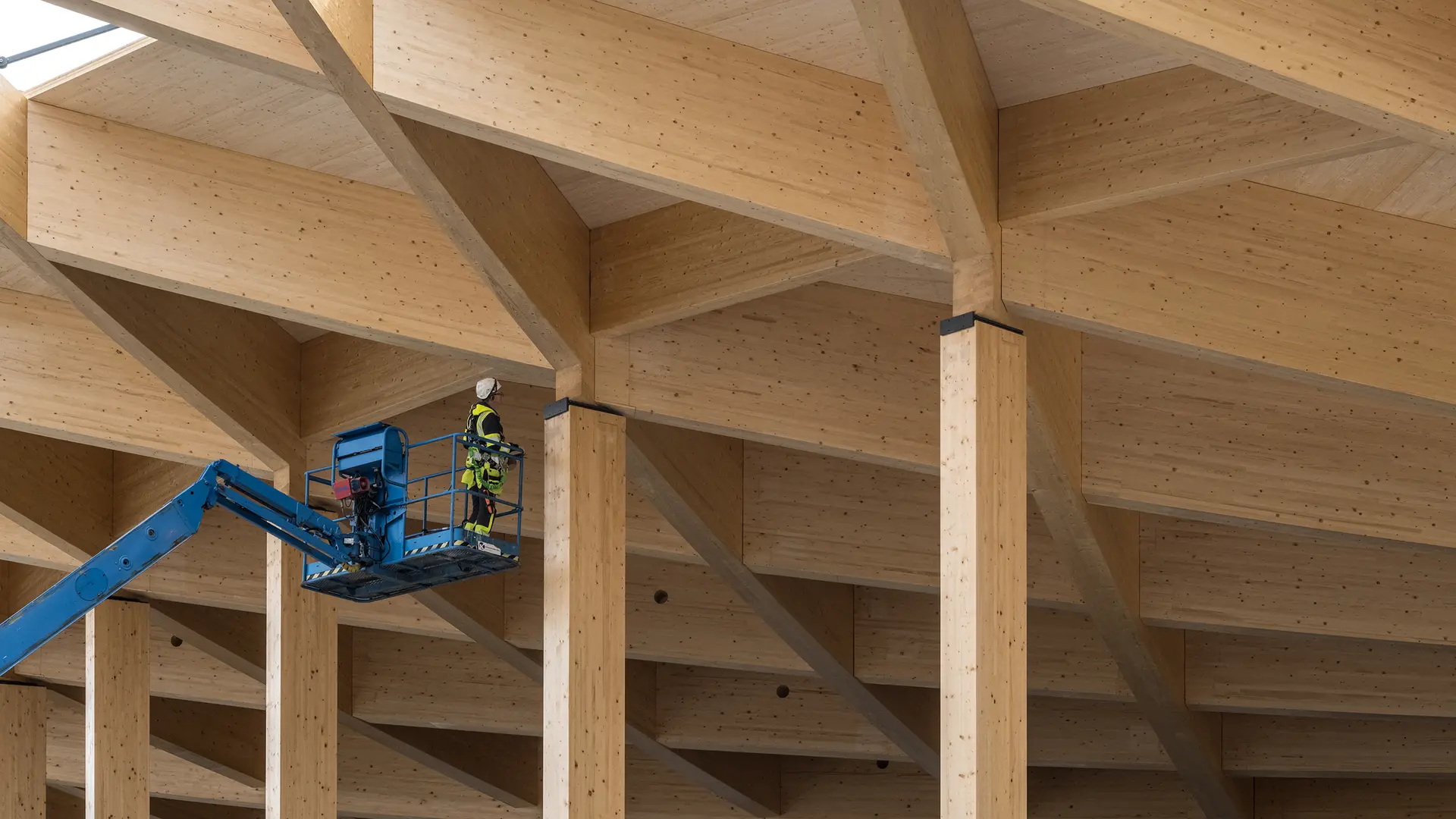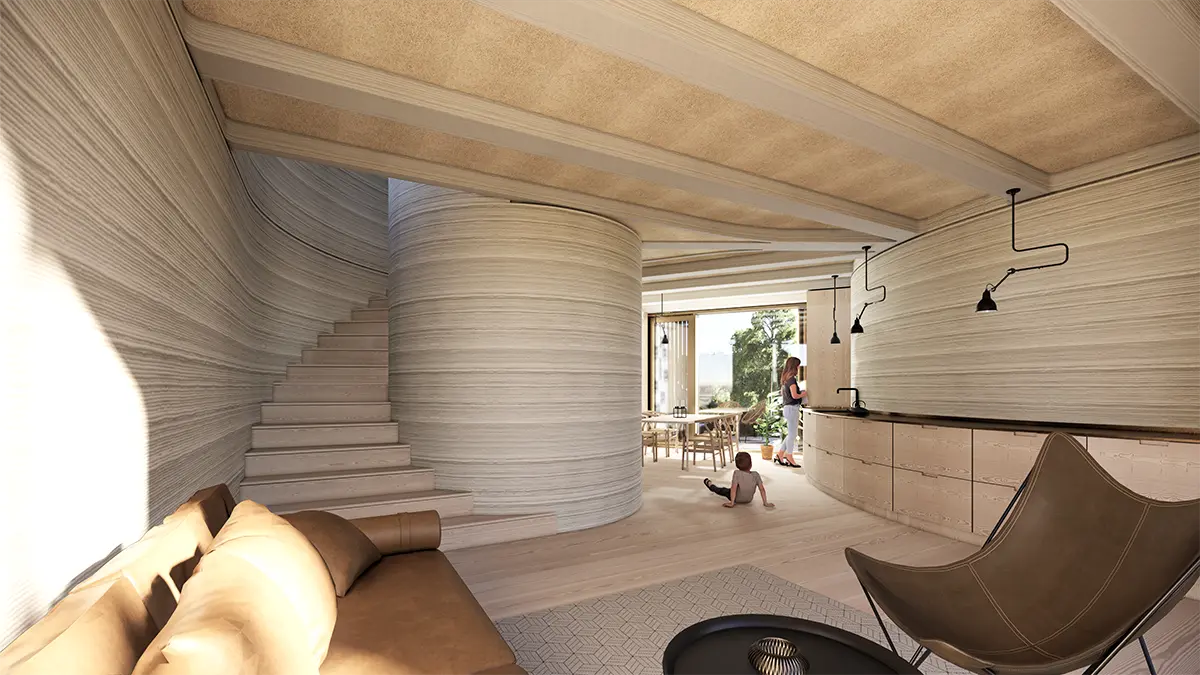Of course there is a need, or the idea of a need. Perhaps a site, unburdened save for the boundaries of planners and the constraints of place and budget. The page in front of you is nearly electric with anticipation, packed with potential, full of roads and routes and options. But it too is blank.
Leave it that way. It is hard to turn away from the pull of the pen, but the first step in any project is one of reflection. Our approach to architecture is anchored in understanding and responding to context; a holistic element that is at once vague and fundamental. The notion of context is often limited to physical or visible attributes— the topography of the site, the surrounding buildings or nature, the climate of the region. But context also includes the invisible and intangible forces that truly make a place —the history, the community, the culture, the people.
Context broadly refers to a building’s placement within and amidst its surroundings. These surroundings, as mentioned, range broadly from the perceptible to the imperceptible, and vary in relevance. Gathering the fine grains that make a place enables us to understand it not only as it exists, but also as it can exist in the future. Assembling and refining these elements allows us to form the concept, the container for investigation and the steering wheel for design.
This process creates the boundaries that do not exist at the outset, but which allow the designer to uncover the design like a sculptor finding the statue from within the rock, rather than conjuring it from thin air.
If this sounds impossibly broad, that’s because it is. Working contextually means committing yourself to an investigative process where there are far more questions than there are answers. In the end, the best projects are ones where the formal history of the place—the layers, the surroundings, the community—are the raison d'etre for the new.
In keeping things abstract, we allow people to find themselves in the project and to make it their own in whatever way they choose. In the end, working with context becomes a circular process: understanding context allows us to create a new one.




